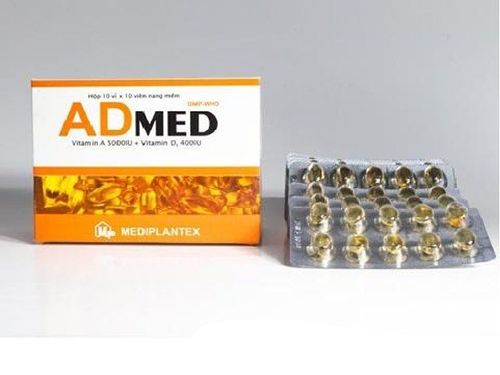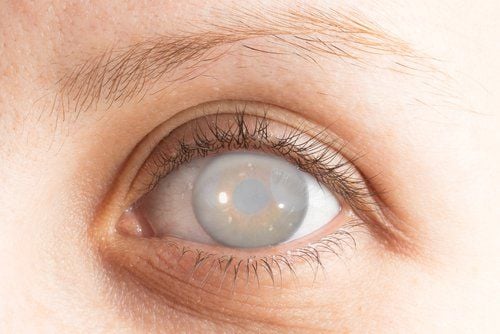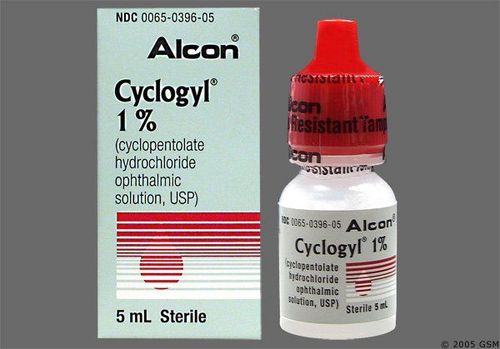This is an automatically translated article.
The article was professionally consulted by an eye doctor - Department of Examination & Internal Medicine - Vinmec Hai Phong International General HospitalNowadays, the number of people suffering from refractive errors such as nearsightedness, farsightedness, astigmatism, presbyopia,... is increasing. When experiencing one of these conditions, you will have to have an eye exam to see if you need to wear glasses, if so, how much to wear.
1. Purpose of reading prescription glasses
Normally, we can see things around us clearly because their images pass through the eye's optical system and then focus on the retina. But when there are refractive errors, it means that the optical system of the eye is changed, causing the image of the object to not focus properly on the retina, so that everything cannot be seen clearly, called refractive error.At this time, the ophthalmologist will examine and check what type of refractive error you have, and what type of glasses should be used, how much glass should be used to help correct the image of the object falling in eye retina. This information is clearly stated in the prescription.
If you are having your first eye exam, you may not understand the information on it when you look at the prescription. However, this is not too difficult, you just need to know the symbols and conventions to be able to understand the information in the prescription.
How to read prescription glasses to know the test results of acquired refractive errors are usually nearsightedness or farsightedness or astigmatism. Both eyes may have the same or different results because each eye has a separate refractive system. Therefore, you need to distinguish the symbols so as not to confuse the results between the two eyes.
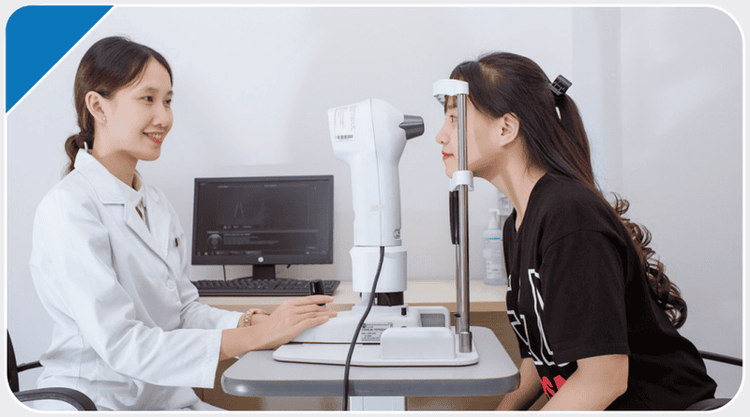
Khi đi khám mắt các thông tin sẽ được ghi trong đơn kính thuốc
2. Acronyms in prescription prescriptions
Some ophthalmologists will simplify prescription eyeglass prescriptions by using symbols such as LE for the left eye and RE for the right eye. However, not every doctor, not every eye clinic uses this symbol.Some doctors and clinics use Latin acronyms such as OS (Oculus Sinister) for the left eye and OD (Oculus Dexter) for the right eye.
Where oculus means eye, sinister means left, and dexter means right. When referring to a condition involving both eyes, the symbol OU (Oculus Uterque) is used.
For your convenience and ease of remembering, here are common symbols in prescription prescriptions that you need to know to be able to understand their contents:
Right eye or OD (right eye): then is to the right eye measurements and prescription glasses for your right eye. Left eye or OS (left eye): then left eye measurements and prescription for your left eye. Sphere: is the spherical shape of the eye that shows the ability of the lens to refract light. If the sphericity has a minus sign (-) it means that the eye is nearsighted, if the sphericity has a plus sign (+) it means that the eye is farsighted.
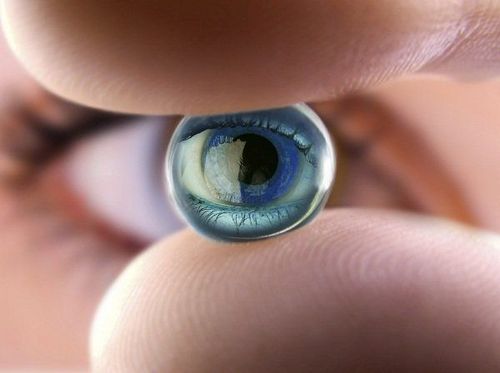
SPH là kí hiệu chỉ khúc xạ ánh sáng của thủy tinh thể.

Khi bạn mắc lão thị, trong đơn kính thuốc xuất hiện kí hiệu ADD
3. Degree parameters in prescription prescription
Sphericity parameter (SPH) is the ability of the lens to refract light. If your eyes are farsighted, it means that you have difficulty seeing near objects, then the index is a positive number, plus (+) in front. If your eyes are nearsighted which means you have trouble seeing distant objects, then the sphericity is a negative number with a minus (-) sign in front. Degrees (Diopters) are units of measurement used to determine optical power and curvature of lenses. Both of these parameters are based on a formula that determines the focal length or ability of your eye to focus. The larger the value of this number, the greater your degree of nearsightedness or farsightedness. For example, in your prescription, OD: SPH - 5.25 means that your right eye is 5.25 degrees nearsighted. To correct this situation, you need to use concave lenses (the surface of the glass curves inward). Convex lenses are used to correct farsightedness and presbyopia.Cylindricity of the eye (CYL): refers to the cylinder of the whole eye and is also the necessary correction for people with astigmatism. It means that the cornea of the eye is missing or the lens at the back of the eye does not curve and change the direction of light properly, or both. This condition causes vision loss if not corrected with prescription glasses. The value of the CYL parameter can be negative or positive.
Axis parameter (AXIS) is again an additional parameter for astigmatism. The index of the axial degree ranges from 0 to 180, where 90 is interpreted as the vertical line in the eye, and 180 is the horizontal line. ADD parameter: is the result of the measurement that appears in a bifocal prescription to correct presbyopia. Bifocal lenses will have two distinguishing points, one for near vision, one for far vision, so that the user can adjust to suit each situation and purpose.
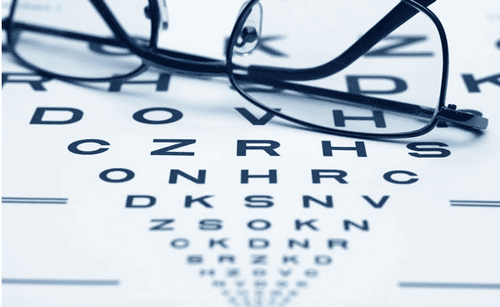
Các thông số độ trong đơn kính thuốc cho biết bạn đang cận ở mức nào
OD: -1.00 Means the right eye has 1 degree nearsightedness, mild myopia.
OS: +3.5 It means that the left eye is farsighted by 3.5 degrees.
OD: -2.00 (- 1.50 x 180 ) It means that the right eye is 2 degrees myopic and 1.5 degrees astigmatism and the axis is 180 degrees.
OS: +3.50 (+ 3.00 x 45) It means that the left eye has 3.5 degrees of farsightedness and 3 degrees of astigmatism with an axis of 45 degrees.

Trẻ em là đối tượng dễ bị mắc các bệnh về mắt nên cần được đi khám mắt định kỳ
Please dial HOTLINE for more information or register for an appointment HERE. Download MyVinmec app to make appointments faster and to manage your bookings easily.
Article reference source: webmd.com



